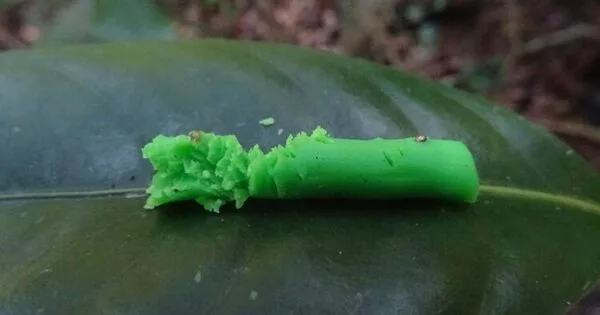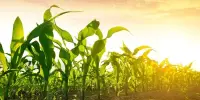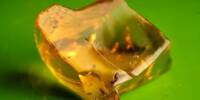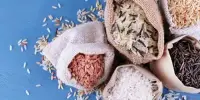How can biodiversity be protected while ensuring the economic viability of Madagascar’s smallholder vanilla farmers? According to a study conducted by the universities of Göttingen, Marburg, and Hohenheim, there is a way out. The researchers discovered that vanilla plantations established on fallow land produce the same amount of vanilla as those established in the forest. Cultivation on fallow land boosts biodiversity there as well. The findings were published in the journal Nature Communications.
Researchers recorded crop yields in vanilla agroforestry systems in northeastern Madagascar, the world’s largest vanilla-growing region dominated by smallholder farmers, for this study. They linked these findings to biodiversity as represented by trees, herbaceous plants, birds, amphibians, reptiles, butterflies, and ants. Cultivation’s economic and ecological aspects were combined. The main finding was that increasing vanilla yields had no effect on overall biodiversity. Furthermore, the vanilla harvest from plantations established on fallow land was identical to the harvest from plantations established in the forest.
Promoting vanilla cultivation on fallow land is both environmentally and economically beneficial. This helps to further the current UN Decade for Ecosystem Restoration. Furthermore, this study demonstrates opportunities for promoting and conserving biodiversity outside of protected areas.
Professor Ingo Grass
According to a study published by the Universities of Göttingen, Marburg, and Hohenheim (Germany), it is possible to preserve biodiversity while also ensuring the economic livelihood of smallholder farmers growing vanilla in Madagascar. Farmers claim that they do not need to clear land to achieve high yields. Vanilla plantations established on fallow land yield the same as those established in the forest. Cultivation on fallow land improves biodiversity. Vanilla grown in the forest rather than on fallow land resulted in a 23% loss of all species and a 47% loss of endemic species.
“The good news is that farmers are not required to clear land in order to achieve high yields. In fact, by cultivating vanilla on fallow land, they can add value for biodiversity “Dr. Annemarie Wurz, a former PhD student in agroecology at Göttingen University and now a postdoctoral researcher at the University of Marburg, is the study’s first author. “In northeastern Madagascar, vanilla exports provide a significant source of income for tens of thousands of smallholder farmers, and widespread cultivation is a means of escaping poverty.” Another argument is biodiversity: growing vanilla in the forest rather than on fallow land resulted in a loss of 23 percent of all species and a 47 percent decrease in endemic species.
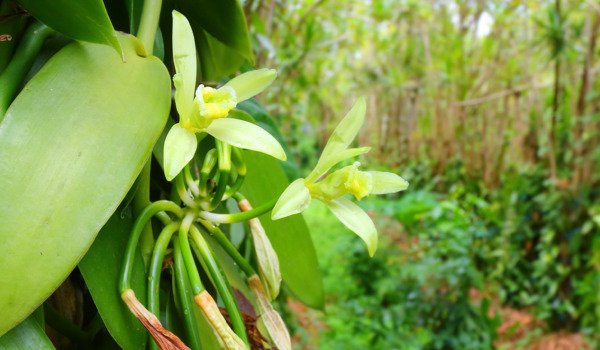
The researchers recorded crop yields in vanilla agroforestry systems in northeastern Madagascar, the world’s largest vanilla-growing area, which is dominated by smallholder farmers. They related these results to the biodiversity as identified by trees, herbaceous plants, birds, amphibians, reptiles, butterflies, and ants. The economic and ecological aspects of cultivation were combined. The main finding was that increasing vanilla yields were unrelated to overall biodiversity. In addition, the vanilla harvest on plantations established on fallow land did not differ from the harvest of plantations established in the forest.
If the farmers planted the vanilla more densely or increased the length of the vanilla plants, the harvest was higher, but the number of tree and reptile species decreased. However, this had no negative impact on birds, amphibians, butterflies, ants, and herbaceous plants.
“We also observed that species diversity can be increased by high tree cover on plantations and in the landscape,” says co-author Professor Teja Tscharntke, an agricultural ecologist at Göttingen University. Co-author Professor Ingo Grass, ecologist for tropical agricultural systems at the University of Hohenheim, adds: “Promoting vanilla cultivation on fallow land is ecologically and economically significant. This contributes to the current UN Decade for Ecosystem Restoration. In addition, this study illustrates possibilities for promoting and conserving biodiversity outside protected areas.”
The harvest increased when farmers planted the vanilla more densely or increased the length of the vanilla plants, but the number of tree and reptile species decreased. This had no effect on birds, amphibians, butterflies, ants, or herbaceous plants. High tree cover on plantations and in the landscape can increase species diversity.
“Promoting vanilla cultivation on fallow land is both environmentally and economically beneficial. This helps to further the current UN Decade for Ecosystem Restoration. Furthermore, this study demonstrates opportunities for promoting and conserving biodiversity outside of protected areas” Professor Ingo Grass, ecologist for tropical agricultural systems at the University of Hohenheim, is a co-author.
This interdisciplinary project was funded by the Volkswagen Foundation.
